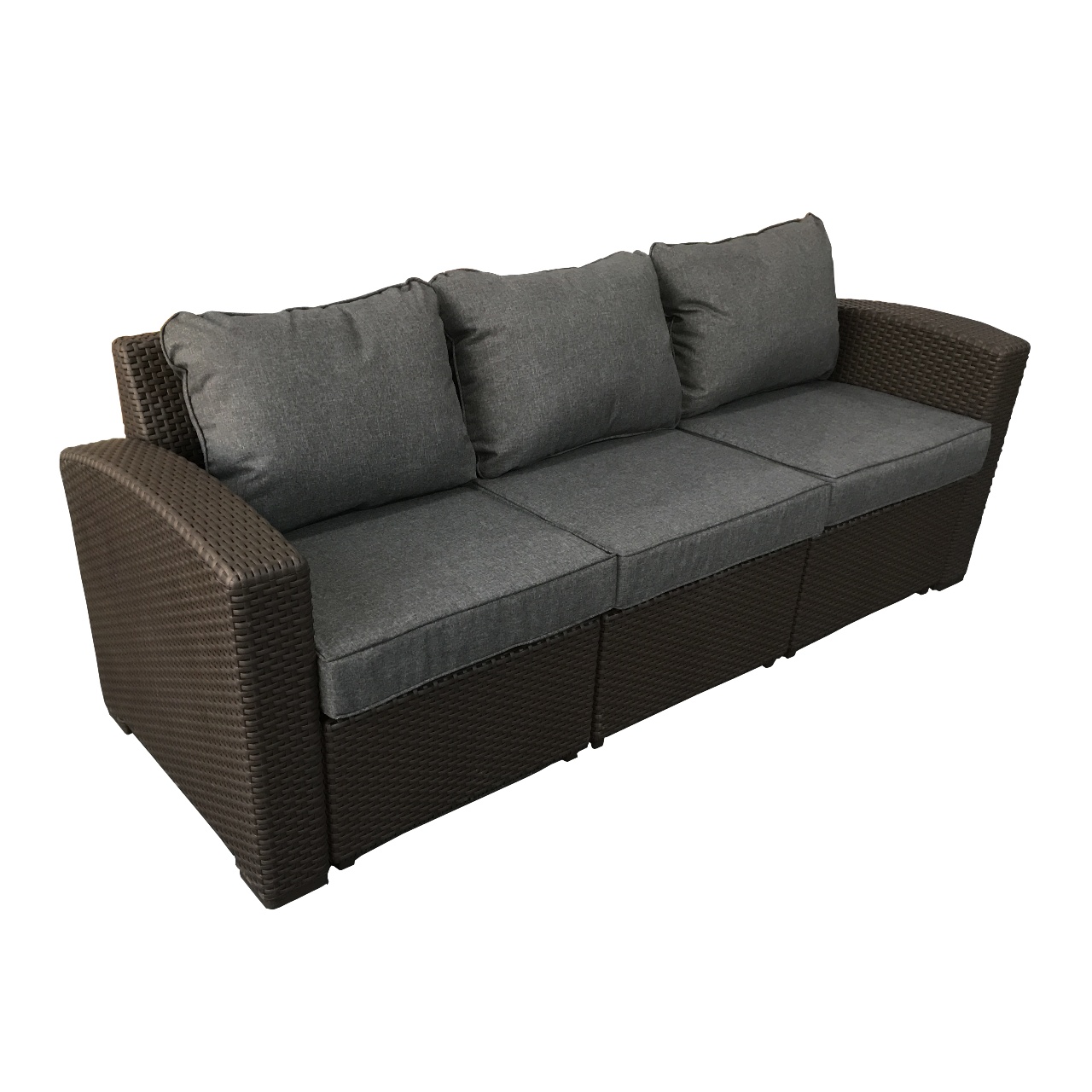How to wash couch cushion covers
Introduction
If you’ve ever had to wash couch cushion covers, you know it is not easy. However, with some tips and tricks, you can make this task much easier on yourself.
By following these simple steps, your cushions will be clean again.
Remove the couch cushion covers.
Before you begin washing your couch cushion covers, it’s important to note that they may differ from the rest of your upholstery items.
If you’ve got a front-loading washer, you’ll have to remove their inserts and place them inside the machine alone. If not, look for the label on the back of each cover and follow its recommendations.
Regardless of how many cushions need washing or where they’re located on your couch, it’s always best to take them off before cleaning stains from any other pieces of furniture, especially if those pieces have been decorated with permanent markers.
Check label on the back of the couch cushion cover.
If it says “Dry clean only,” you can’t wash it at home. If it says “Washable,” you can wash it at home.
If it’s unclear, try a test wash to see how it works before committing to a cleaning job.
Place the cushion covers in a front-loading washer.
Choose the cold water cycle, but don’t use bleach or fabric softener. If you want to, you can add some detergent and softener.
However, it’s not necessary. Close the lid of your washer and set it to run on a cold water cycle.
If you have any stain remover that has enzymes in it (like Resolve), add a little bit of this to the wash, too it will help to break up dirt and grime stuck inside your cushions.
Select a short, gentle cycle on your washing machine.
You’ll want to choose a washing machine cycle that’s not too long. A short, gentle cycle is best; if you don’t have the option of selecting which process to use, go with a delicate or wool setting (if available). Also, be sure to opt for cold water instead of warm or hot water.
The detergent you use should be mild and free of bleach. If your couch cushion covers are white, use Woolite Gentle Cycle or Purex Free & Clear detergent instead of Tide Coldwater Clean laundry detergent.
Vinegar can help clean grease stains from leather couch cushions and other materials like cotton or linen furniture, so it’s worth adding a few tablespoons into the wash cycle.
Add a mild detergent plus a cup of white vinegar.
Vinegar is a natural fabric softener, disinfectant, and odor-neutralizer. In addition to removing stains and odors, vinegar can also remove mold from shower curtains or bathroom tiles.
Vinegar has been shown to kill bacteria in the laundry as well as on other surfaces, so it’s worth adding some vinegar to your wash loads when cleaning your couch cushions covers.
Start the wash cycle.
To ensure that your couch cushion covers are thoroughly cleaned, you should run them through a cycle twice.
The first time around, make sure that you select the most extended wash cycle available on your washing machine and then let it run for approximately 15 minutes.
After this initial wash cycle, empty all the water from your machine and refill it with fresh water before rerunning the same length of time.
This second pass will help rid any remaining dirt or stains so that when you dry them, they’ll look as good as new.
When you hear the spin cycle
When you hear the spin cycle start, stop the machine and add approximately 1 cup of baking soda to the water. You may also want to adjust this amount depending on how many cushions covers you are washing at once.
Baking soda remioves stain and eliminates odors, so adding it to your water will help remove stubborn stains and odors.
Enough baking soda must be added, though—it should be able to cover all the cushion covers in your washer comprehensively.
Once you’ve added your baking soda, please turn on the rinse cycle and let everything soak for another thirty minutes before removing it from the washer and hanging dry (or air drying) on clotheslines outside.
Allow cold water to run into the tub.
Soap is not necessary to clean the fabric. It’s harmful to the environment and can leave a residue on your cushions that will attract dirt.
Vinegar is a natural fabric softener, and baking soda is also a good alternative for those who don’t keep vinegar at home.
It’s important to note that both methods are only effective when used in conjunction with cold water; hot water tends to set stains into the fabric instead of cleaning them off.
Open the lid to check for soap residue periodically
As the water fills with suds, it’s time to check back on your cushions. Open the cover and look at the water level.
If you see any suds in there, keep checking periodically until no more suds can be seen as an indication that your cushion covers are clean.
When all the soap residues have been removed from your fabric couch cushions, and you’ve wrung out all excess moisture, you’re ready to dry.
It is hard work but worth it when your couch cushions are clean
A clean couch is a comfortable couch. Don’t you agree?
Couch cushion covers should be washed every two weeks, depending on how often you use your couch and how many people sit on it.
Before washing your cushion covers, they should be removed from their frames and hung to dry in an area that’s not too hot (like the bathroom).
To wash them:
Put hot water in the bathtub then add a quarter of bleach to the water (if you don’t have any bleach handy, vinegar can do just as well). This will kill any germs lurking inside your cushions before washing them!
Add 1 cup of laundry detergent (or soap flakes) to the tub with the rest of the water. Swirl everything around until all bubbles are gone—this will help loosen up dirt hiding inside those cushions.
Conclusion
Couch cushion covers can be washed. It is a tiresome process, but it works, and you’ll end up with clean fabric to make your sofa look new again.
You can also use these steps to clean your pillows, blankets, and other fabric items that need a good cleaning.




